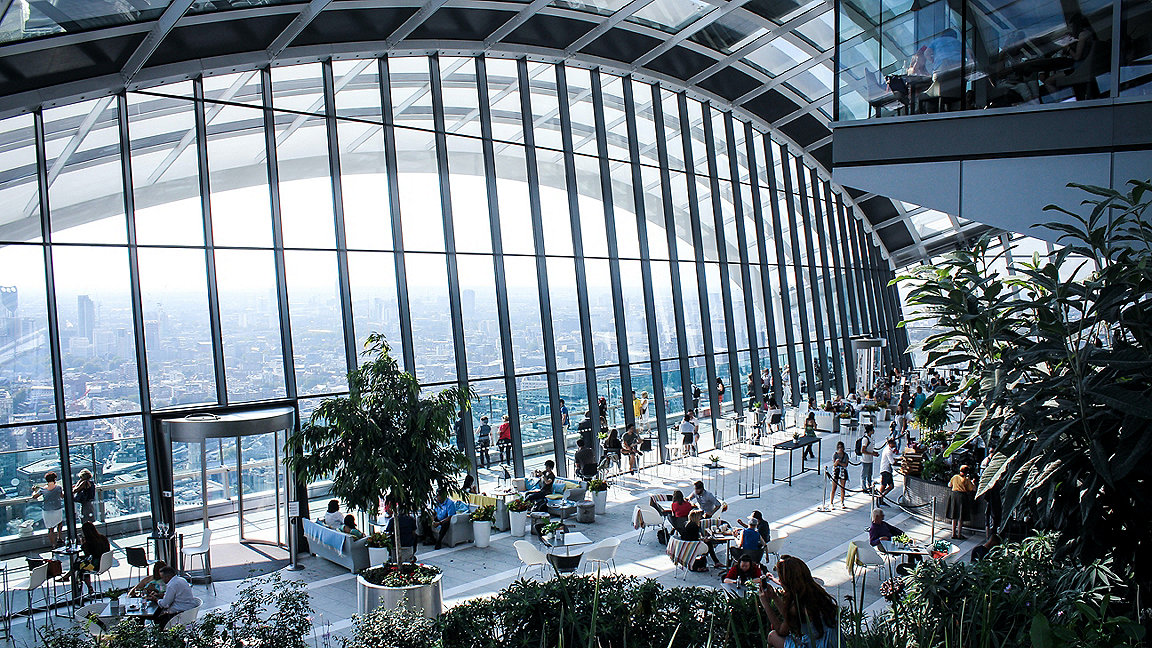
Photo by Daniel Bendig on Pexels
The UK has set a target to be net-zero carbon by 2050. However, as the government stated in its 2020 white paper Powering our net zero future, 'simply setting the target is not enough – we need to achieve it'.
The white paper includes the prime minister's ten-point plan to meet that target. In terms of the landlord and tenant relationship in particular, it includes a requirement for landlords to make buildings more energy efficient. But it also covers zero-emission vehicles, green public transport, cycling and walking, which can affect the services landlords offer to attract tenants.
A landlord will also have important choices to make about the building's source of energy. Many tenants will be subject to their own carbon reduction and energy efficiency requirements as well, and achieving these is often a prerequisite for large-scale public-sector and other procurement processes. The importance of these measures cannot therefore be overstated.
The white paper confirms the government's intention that non-domestic property should achieve an energy performance certificate (EPC) rating of B by 2030, where this is cost effective. The minimum rating is currently E for new lettings, with a requirement that all lettings achieve this by April next year. The government proposes an interim target of a C rating by 2027.
Who is responsible for energy efficiency?
The Minimum Energy Efficiency Standards have proved problematic for landlords because they are enforced by making it unlawful to let a substandard property – with limited exceptions – but require no input from tenants. Placing the responsibility for the energy efficiency of buildings on landlords alone is unhelpful. Net-zero carbon will not be achieved without the involvement of all parties.
A green lease may therefore be a means of improving energy efficiency. But the question is whether it can do so without making landlords feel they still shoulder the burden where tenants object to such measures – which might include more efficient ventilation systems, retrofitted renewable energy installations, improved insulation, glazing or electric vehicle charging points – forming part of service charges.
The Better Buildings Partnership Green Lease Toolkit describes such a lease as 'a standard form lease with additional clauses included [that] provide for the management and improvement of the environmental performance of a building by owner and occupiers'. To date, those obligations have generally been included on the basis that they are not binding; rather, they invite the parties to discuss what might be done.
This approach might help as a demonstration of the intent to cooperate and consult when it comes to some small steps such as lighting, increased cycle rack provision or measures to reduce water consumption, but meeting the government's timetable will need more radical action. Lease renewals and new grants in the next few years will have to take account of the steep increase in the minimum energy rating.
The solution may lie in green leases that bring together a number of different but interrelated objectives, including the need for tenants and landlords alike to:
-
reduce energy use and improve energy efficiency
-
provide workspaces that are attractive to employees
-
to have good environmental, social and governance (ESG) credentials.
Retail leases present distinct issues
In some sectors, such as retail, the average length of lease can deter investment by the landlord, as tenants may not be staying long enough to consider contributing to meeting costs. The high street is, however, changing as retail space shrinks and residential or mixed uses replace it.
Even where retail remains, shoppers are looking for a different experience. This gives landlords and tenants an opportunity to reconsider how the premises are used sustainably. For instance, many existing green leases require the parties to share information about energy use. Smart meters and similar technology now mean landlords can collect real-time data on use more easily, and new forms of lease can reflect this.
Change is afoot and the opportunity to get ahead of the curve by addressing these issues and reflecting them in more progressive lease wording is more likely in the future to be a key part of a tenant's decision-making as to which premises it chooses.
With the higher minimum being required from 2027, tenants will also need to consider the impact of their shop fit-out on the EPC rating of a property. Lighting for instance can significantly increase energy use and, in popular locations where there is significant competition for space, tenants may find that they must demonstrate their commitment to ensuring a property remains efficient right at the outset, in order to secure their preferred premises.
Rising prices inspire action
In addition to public pressure for businesses to exhibit their green credentials, recent developments such as the sharp increases in energy costs may mean tenants take a more hands-on approach to energy efficiency.
In its white paper, the government reiterates the need to move away from using fossil fuels and, as consumers, tenants will need to consider how to work with the landlord to manage that transition cost-effectively. This will require cooperation, including sharing the cost of measures that help reduce bills.
Out-of-town sites will need to respond to the transport requirements of the ten-point plan. Landlords can provide additional services such as charging points for electric vehicles, but tenants might also take advantage of government incentives to install these for their employees.
Traditionally, leases keep a tight rein on changes to the building. However, green leases that permit beneficial alterations may be a means of improving environmental performance while attracting potential occupiers to the site.
'Green leases that permit beneficial alterations may be a means of improving environmental performance while attracting potential occupiers to the site'
The government intends that the target for net zero will also be an opportunity to stimulate growth and jobs alike. Green leases now need to enable greater collaboration between landlords and tenants. This should be supported by covenants, rather than promises, to provide space for existing businesses as well as those that the government hopes will emerge in the course of meeting the net-zero goal.
There will only be more mandatory requirements over time, so engagement with these issues now is more important than ever.
Laurence Lacey is a partner at Clarke Willmott
Contact Laurence: Email | LinkedIn
Related competencies include: Leasing and Letting, Legal and Regulatory compliance, Sustainability

RICS Sustainability
With the built environment estimated to be responsible for around 40% of global carbon emissions, RICS is championing sustainable practices across the built and natural environment. We are also empowering professionals to embed sustainability considerations into the way they work and better measure environmental impacts.
Click here for further information.


